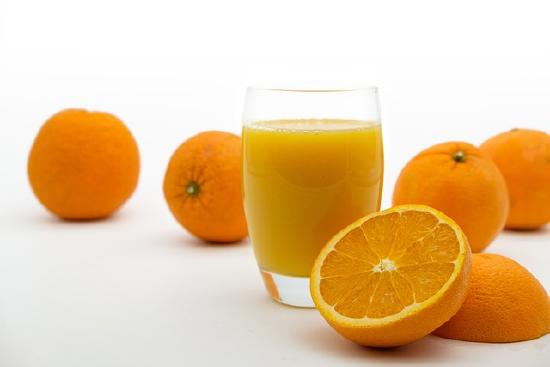1.5: Units of Measure
- Page ID
- 36279
- Compare and contrast the Metric and US Customary systems of measurement.
In nutrition, there are two systems of commonly used measurements: Metric and US Customary. The US Customary system is more commonly used among the public in the United States. For example, many people refer to body weight in pounds, rather than in kilograms. However, the Metric system is more commonly used in science. It is good to become familiar with both measurements, and to learn how to convert between them.
The Metric and US Customary System
These are commonly used prefixes for the Metric System:
| Micro- (μ) | 1/1,000,000th (one millionth) |
| Milli- (m) | 1/1000th (one thousandth) |
| Centi- (c) | 1/100th (one hundredth) |
| Deci- (d) | 1/10th (one tenth) |
| Kilo- (k) | 1000x (one thousand times) |
Mass
| Metric System | US Customary System | Conversions |
|---|---|---|
| Microgram (μg) | Ounce (oz) | 1 oz = 28.35 g |
| Milligram (mg) | Pound (lb) | 1 lb = 16 oz |
| Gram (g) | 1 lb = 454 g | |
| Kilogram (kg) | 1 kg = 2.2 lbs |
Volume
| Metric System | US Customary System | Conversions |
|---|---|---|
| Milliliter (mL) | Teaspoon (tsp) | 1 tsp = 5 mL |
| Deciliter (dL) | Tablespoon (tbsp) | 1 tbsp = 3 tsp = 15 mL |
| Liter (L) | Fluid ounce (fl oz) | 1 fl oz = 2 tbsp = 30 mL |
| Cup (c) | 1 c = 8 fl oz = 237 mL | |
| Pint (pt) | 1 pt = 2 c = 16 fl oz | |
| Quart (qt) | 1 qt = 4 c = 32 fl oz = 0.95 L | |
| Gallon (gal) = 4 qt | 1 gal = 4 qt |
Length
| Metric System | US Customary System | Conversions |
|---|---|---|
| Millimeter (mm) | Inch (in) | 1 in = 25.4 mm |
| Centimeter (cm) | Foot (ft) | 1 ft= 30.5 cm |
| Meter (m) | Yard (yd) | 1 yd = 0.9 m |
| Kilometer (km) | Mile (mi) | 1 mi = 1.6 km |
Video \(\PageIndex{1}\): Math Antics - Intro to the Metric System. Available at https://youtu.be/ZNX-a-5jGeM

Figure \(\PageIndex{1}\):
One 8-ounce cup of liquid
is about 240 milliliters.
One cup of orange juice
by Bruno /Germany / Pixabay
A half cup of vegetables weighs
about 75-100 grams, depending on
the type and how it is prepared.
Half cup of peas by Hannahdownes
/ CC BY-SA 4.0

A teaspoon of sugar weighs 4 grams.
Cinnamon Sugar by Ulrike Leone / Pixabay
- Weight in pounds converted to kilograms: divide the weight in pounds by 2.2
Example: 150 pounds / 2.2 = 68 kilograms (rounded to the nearest whole number)
- Height in inches converted to meters: divide the height in inches by 39.37
Example: 67 inches / 39.37 = 1.70 meters (rounded)
- Fluid volume in ounces converted to milliliters: multiply the volume in ounces by 30
Example: 8 ounces x 30 = 240 milliliters
- Weight in ounces converted to grams: multiply the weight in ounces by 28.35
Example: 12 ounces x 28.35 = 340 grams (rounded)
Attributions
- Human Nutrition: 2020 Edition, University of Hawai‘i at Mānoa Food Science and Human Nutrition Program, “Units of Measure,” CC BY-NC 4.0

